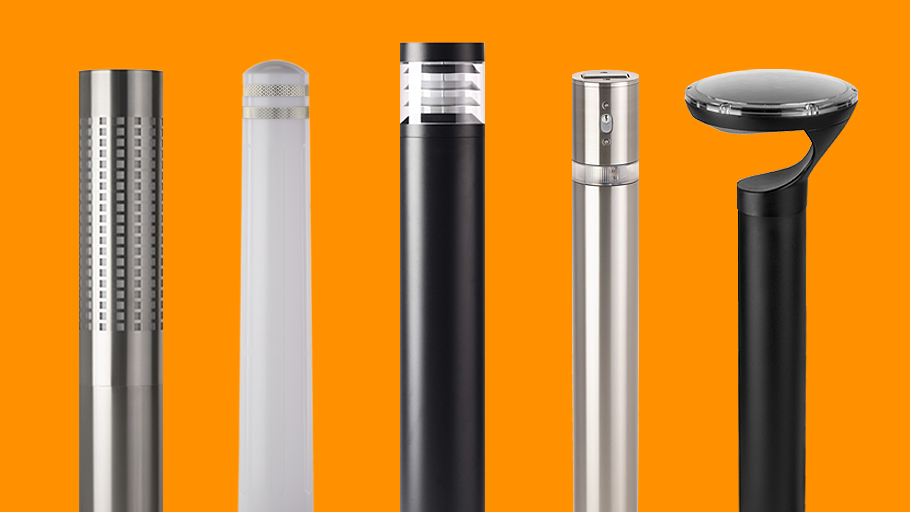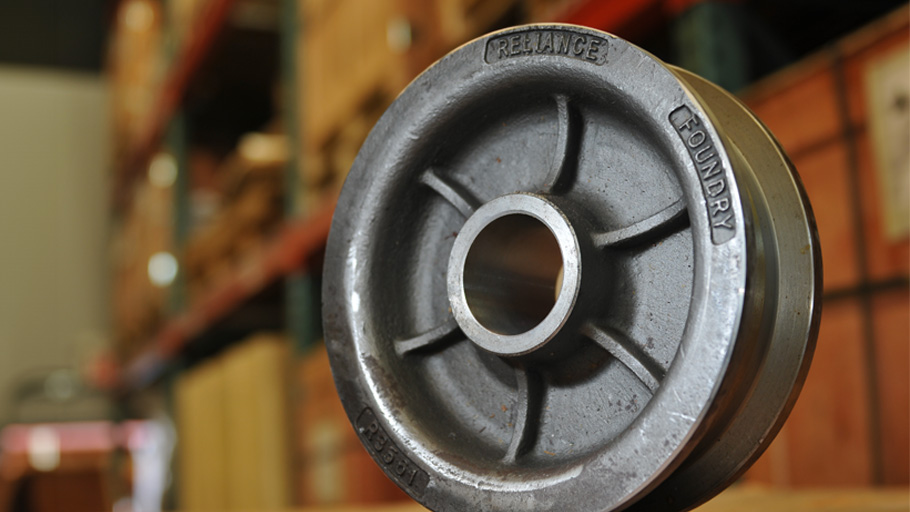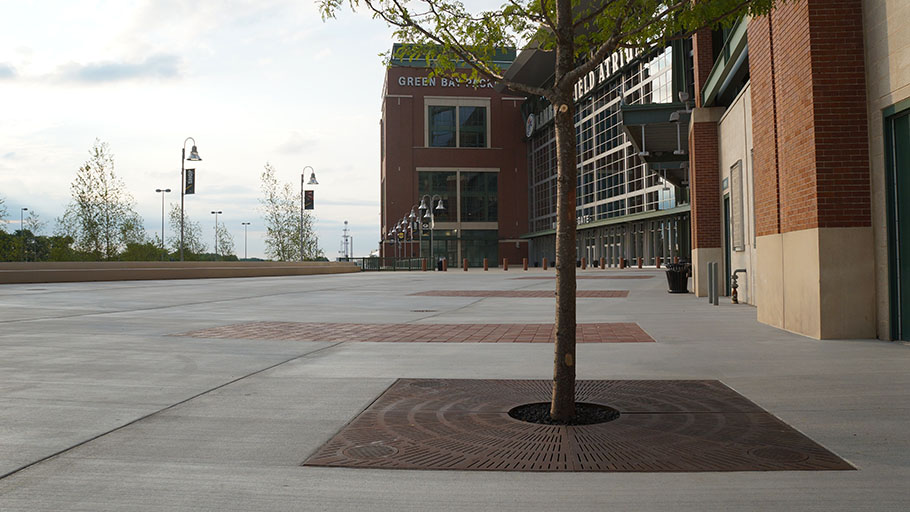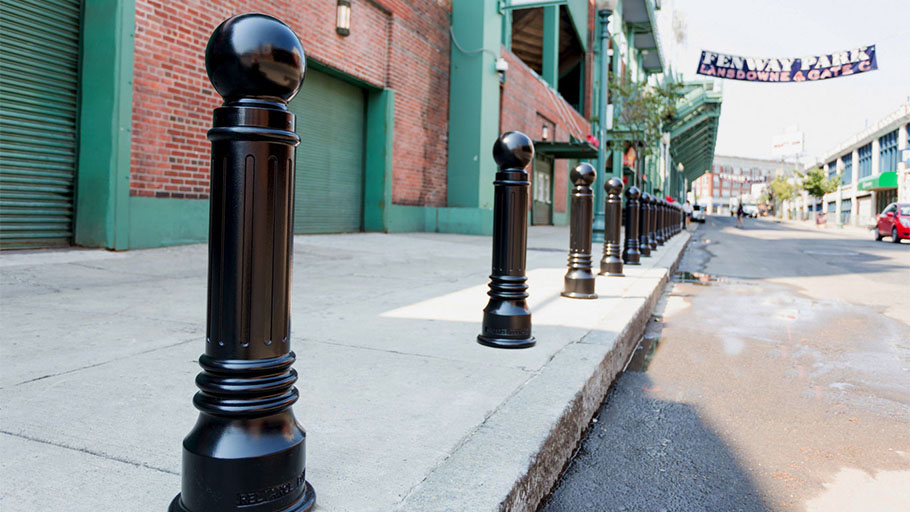Advantages, Disadvantages, and the Rise of Bike Lockers
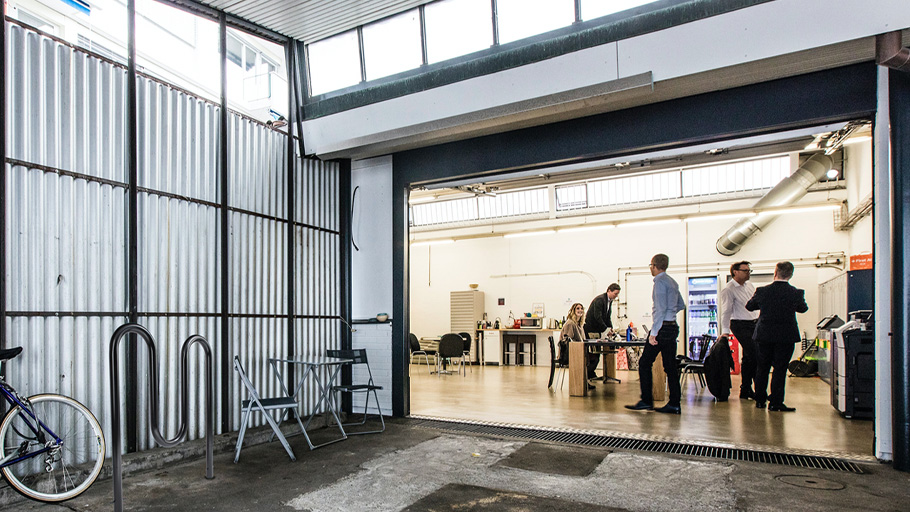
As the popularity of cycling continues to surge, the demand for adequate bike parking solutions has become paramount. While outdoor bike racks have been commonplace, indoor spaces are now also being considered as viable locations for accommodating bicycles. In this article, we will delve into the advantages and disadvantages of installing bike racks in indoor spaces. Furthermore, we will explore the emergence of bike lockers as an alternative indoor bike parking solution.
Advantages of Indoor Bike Racks
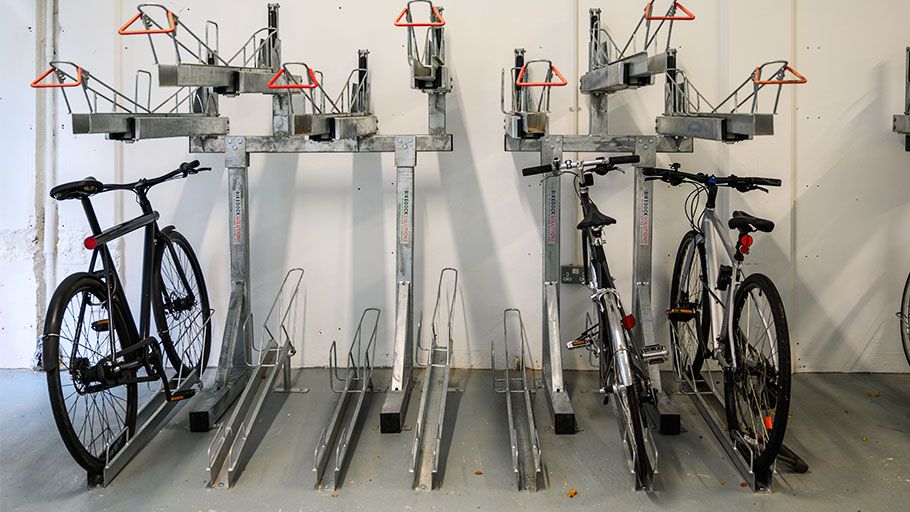
Indoor bike racks have gained popularity as a practical solution for bike parking in indoor spaces. Offering a range of benefits, these racks provide security, space optimization, and increased longevity for bicycles. Let’s delve into the advantages of installing bike racks in indoor environments:
- Security and Protection: Installing bike racks indoors provides an extra layer of security, further protecting bicycles from theft and vandalism. Parking bikes inside also provides protection from harsh weather conditions. Indoor spaces, such as offices, residential buildings, and schools, provide a controlled environment where cyclists can safely store their bikes, granting peace of mind and encouraging car-free commutes.
- Space Optimization: Utilizing indoor areas for bike parking allows for efficient space management. By taking advantage of underutilized spaces like lobbies, basements, or by creating dedicated bike rooms, indoor bike racks ensure that bicycles do not impede pedestrian traffic or occupy valuable outdoor real estate.
- Extended Lifespan: Sheltered from the elements, bikes stored indoors are subject to fewer environmental stresses, reducing the risk of damage or premature wear and tear. Indoor bike racks can help prolong the lifespan of bicycles, leading to decreased maintenance costs and increased longevity.
Disadvantages of Indoor Bike Racks
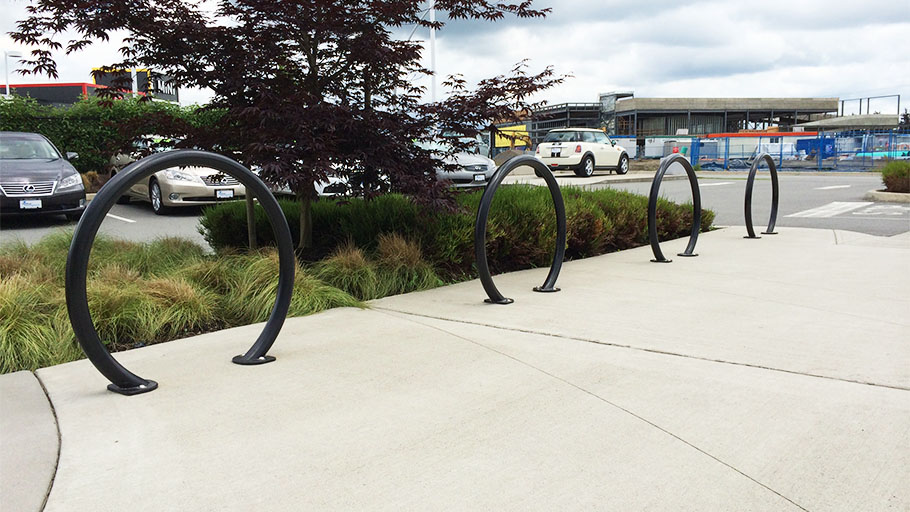
While indoor bike racks have numerous advantages, it is essential to consider potential drawbacks as well. Factors such as limited capacity, space constraints, and installation and maintenance costs can pose challenges when implementing indoor bike parking solutions. Let’s explore the disadvantages associated with installing bike racks in indoor spaces:
- Limited Capacity: If you are making use of an existing indoor space, there may be limitations when it comes to accommodating many bicycles. Depending on the available area, bike racks might not be sufficient to cater to the demand during peak hours, leading to potential overcrowding and inconvenience.
- Space Constraints: While indoor bike racks can optimize space in some locations, they can still present challenges in settings where space is at a premium. Buildings with limited square footage may struggle to allocate dedicated areas for bike parking without compromising other essential functions or facilities.
- Installation and Maintenance Costs: Installing any amenities, including outdoor bike racks will incur initial expenses, including purchasing and installing the racks themselves, but indoor bike racks can include additional expenses to cover any necessary modifications to the building infrastructure. This can add up quickly, particularly if you are building a dedicated bike room.
The Rise of Bike Lockers
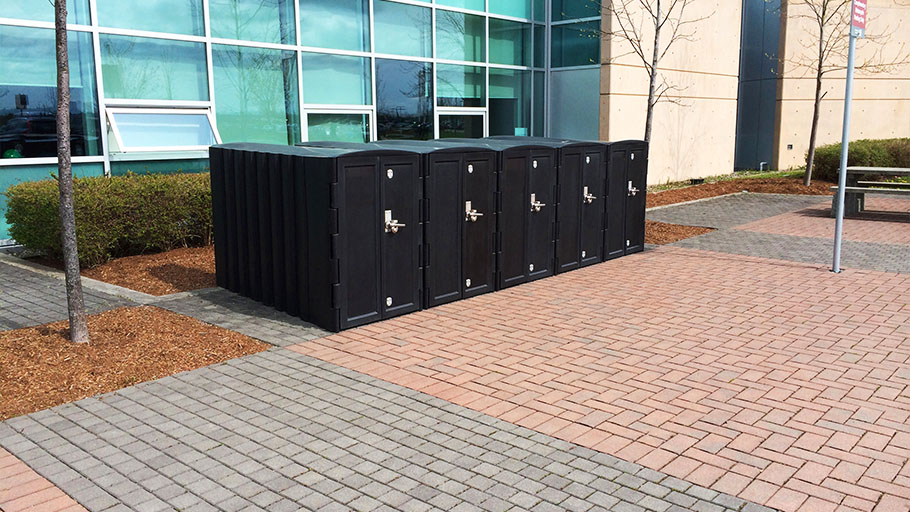
Bike lockers have emerged as an innovative alternative to overcome the limitations often associated with traditional bike racks. These lockable storage units provide individual compartments for each bicycle and a cyclist’s belongings, offering a host of advantages that address the shortcomings of traditional rack systems.
- Enhanced Security: One of the primary advantages of bike lockers is the heightened level of security they provide. Each bike locker is equipped with a sturdy, lockable door, allowing cyclists to securely store their bikes. This individualized storage solution significantly reduces the risk of theft or vandalism, providing cyclists with peace of mind.
- Weather Protection: Bike lockers offer superior protection against harsh weather conditions. With their enclosed structure, these lockers shield bicycles from rain, snow, UV rays, and other environmental elements. By safeguarding bikes from the detrimental effects of weather exposure, lockers help preserve the condition of bicycles and reduce the need for frequent maintenance or repairs.
- Increased Capacity: Compared to some traditional bike racks, lockers can accommodate a larger number of bicycles within a given space. Vertical stacking options and compact locker configurations maximize the use of available area, allowing for more efficient use of indoor spaces. This increased capacity proves particularly advantageous in settings with high demand for bike parking, such as office buildings, universities, or transportation hubs.
- Space Flexibility: Bike lockers offer greater flexibility in terms of installation options. They can be placed both indoors and outdoors, depending on the specific requirements and available space. This versatility allows property owners to optimize the utilization of their indoor areas, including lobbies, basements, and parking garages. The adaptability of bike lockers to various building layouts enables a seamless integration of bike parking solutions into existing structures.
- Individual Convenience: With bike lockers, each cyclist has their own dedicated storage compartment. This eliminates concerns about bike compatibility or potential damage caused by bikes touching or falling against each other. In situations where each cyclist has their own dedicated locker, such as in an apartment building, cyclists can customize the interior of their locker with hooks, shelves, or other accessories, further enhancing convenience and organization.
- Long-Term Cost Savings: While the initial investment in bike lockers may be higher compared to traditional racks, the long-term cost savings can be substantial. Lockers provide added protection against theft and damage, reducing the risk of expensive bike replacements or repairs. Additionally, the extended lifespan of bikes stored in lockers leads to decreased maintenance costs, resulting in overall cost efficiency for the end-user.
- Versatility: In addition to storing bicycles, bike lockers can often be used to store alternative transportation methods such as skateboards and scooters.
By addressing security concerns, offering weather protection, increasing capacity, providing space flexibility, offering individual convenience, and ensuring long-term cost savings, bike lockers have become a viable and appealing option for indoor bike parking solutions. Their versatility and advantages make them a promising alternative for businesses, organizations, and communities looking to promote cycling while ensuring the safety and convenience of cyclists.
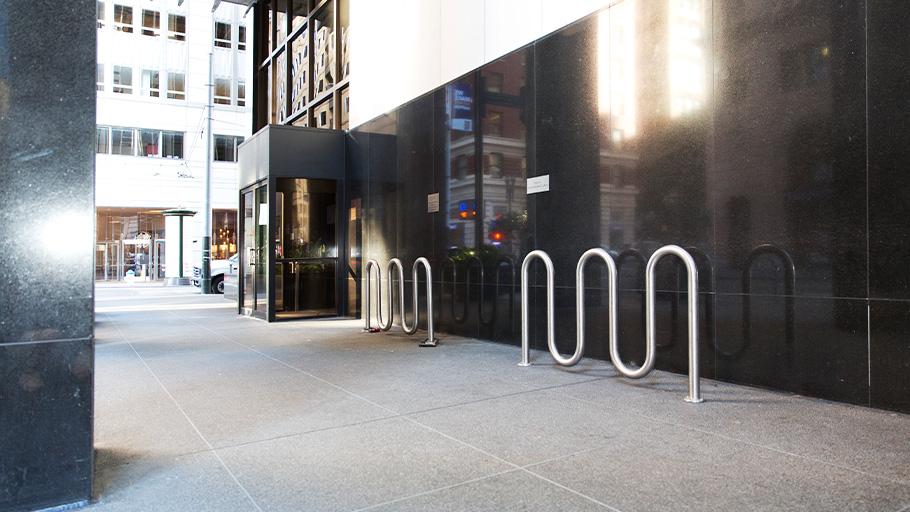
When considering bike parking solutions for indoor spaces, it is crucial to weigh the advantages and disadvantages. While indoor bike racks offer enhanced security and space optimization, they may face limitations in terms of capacity and space constraints. Alternatively, bike lockers address many of these challenges by providing enhanced security, weather protection, increased capacity, and space flexibility.
Ultimately, the choice between bike racks and bike lockers depends on the specific needs and constraints of the indoor space in question. By carefully assessing these factors, property owners, businesses, and institutions can make informed decisions to encourage cycling and provide cyclists with convenient and secure parking options.

